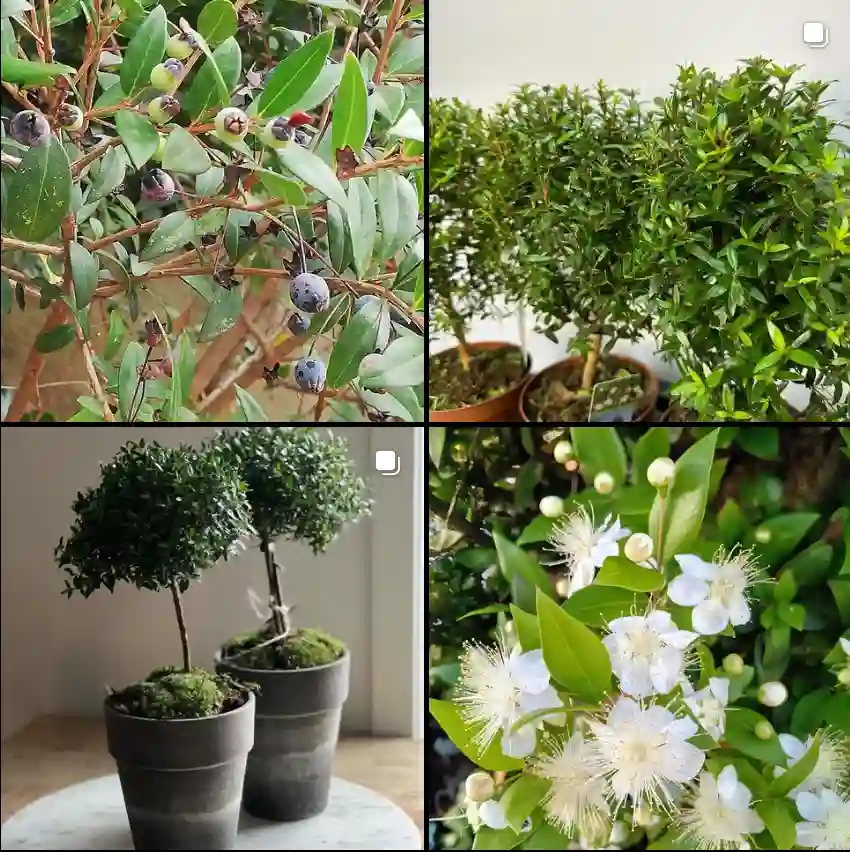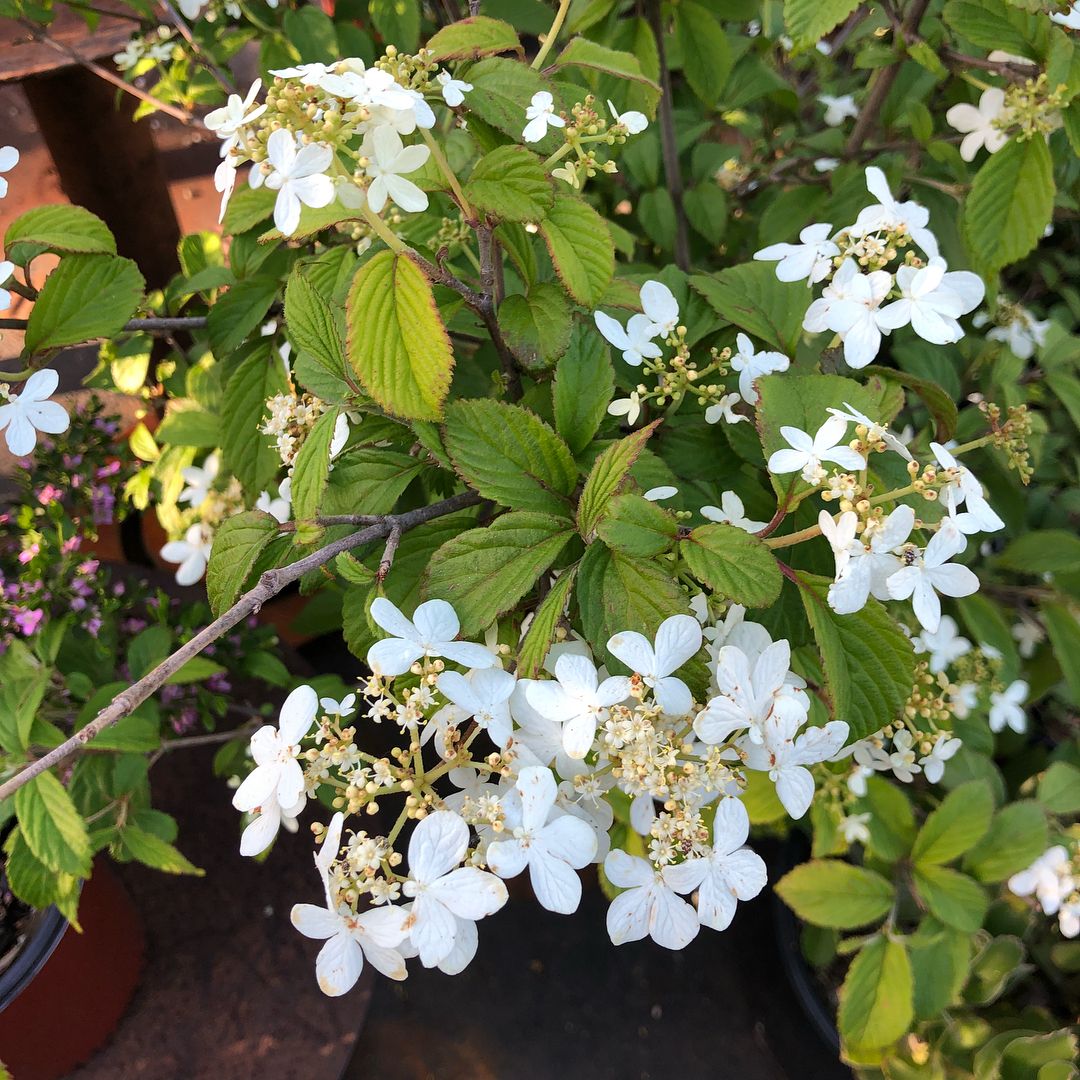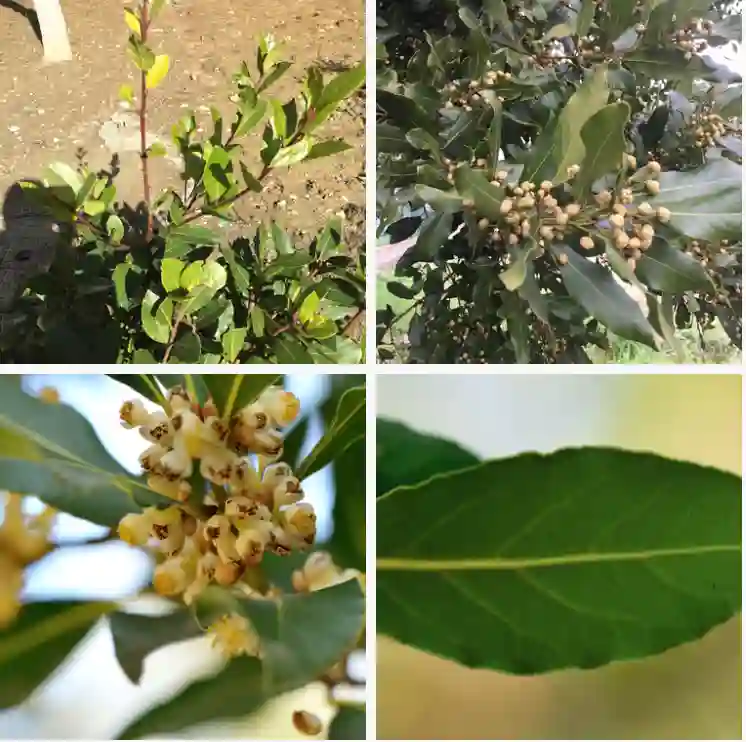Frequently Asked Questions about Ardisia Elliptica
As someone who enjoys learning about plants, I’ve found Ardisia Elliptica to be a particularly interesting species. Also known as the Shoebutton Ardisia, it’s a beautiful shrub that I often see growing in tropical climates. Its glossy leaves and clusters of small, purple-black berries make it stand out. Below are answers to some frequently asked questions about this plant, based on my research and experiences.
737 Species in Genus Ardisia
What is Ardisia Elliptica?
Ardisia Elliptica is a fast-growing evergreen shrub native to Southeast Asia, but it has spread to other tropical regions. It thrives in warm, moist environments and is commonly found in areas such as Florida, the Caribbean, and parts of South America. The plant can reach heights of up to 5 meters and has glossy, dark green leaves that are oblong or elliptical in shape. Its most striking feature is its clusters of small white or pinkish flowers, which eventually give way to purple-black berries.
Are Ardisia Elliptica Berries Edible?
One of the most frequently asked questions about this plant is, “Are Ardisia Elliptica berries edible?” From my experience, they are indeed edible, but their taste leaves much to be desired. The berries are bland with a slightly bitter aftertaste, so they aren’t popular for culinary use. However, some people in certain regions eat them sparingly or use them in traditional remedies. If you’re thinking of trying them, I would advise caution, as some sources suggest that they may cause minor gastrointestinal discomfort when consumed in large quantities.
How Do You Care for Ardisia Elliptica?
Caring for Ardisia Elliptica is relatively easy, especially if you’re familiar with tropical plants. I’ve found that it thrives best in partial shade, though it can tolerate full sun. When it comes to soil, this plant isn’t particularly picky as long as the soil is well-draining. Regular watering is essential, especially during dry periods. I usually let the top inch of soil dry out between waterings. Adding organic matter or compost to the soil can help improve its health.
Fertilizing Ardisia Elliptica every few months with a balanced fertilizer will encourage growth and flowering. I’ve also noticed that this plant can handle occasional pruning to maintain its shape, although it tends to grow back vigorously.
How to Propagate Ardisia Elliptica?
If you’re looking to propagate Ardisia Elliptica, it can be done through seeds or stem cuttings. I’ve had success with both methods. The easiest way to propagate is by planting seeds from the berries. After collecting the ripe berries, remove the seeds, and plant them in moist soil. Keep the soil consistently damp, and the seeds should germinate within a few weeks.
Stem cuttings are another effective method. When using cuttings, choose a healthy stem and cut a 6-inch section just below a leaf node. Remove the lower leaves, dip the cut end in rooting hormone, and plant it in a pot with well-draining soil. In my experience, keeping the cutting in a warm, humid environment encourages root development.
Can You Grow Ardisia Elliptica Indoors?
Ardisia Elliptica can be grown indoors, but it requires careful attention to lighting and humidity. In my opinion, it does better outdoors unless you have a space where you can mimic its natural tropical environment. If growing indoors, place the plant near a window with bright, indirect sunlight, and consider using a humidifier to maintain humidity levels above 50%. Just make sure the pot has good drainage to prevent root rot.
Is Ardisia Elliptica Toxic?
Yes, Ardisia Elliptica can be toxic, especially to pets like cats and dogs. According to some sources, the plant contains compounds that can cause gastrointestinal upset if ingested. I’ve always kept my Ardisia out of reach of pets, just to be safe. If you have animals that like to chew on plants, this is something you should consider.
What Are the Benefits of Ardisia Elliptica?
Despite its invasive status in some regions, Ardisia Elliptica offers several benefits. The plant’s attractive foliage and berries make it an ornamental choice for landscaping in tropical gardens. It also provides food and shelter for birds and other wildlife, especially in areas where it’s a naturalized species. In traditional medicine, some cultures use the leaves and berries to treat ailments, though scientific evidence supporting these uses is limited.
What Problems Are Common with Ardisia Elliptica?
One of the most common issues I’ve encountered with Ardisia Elliptica is its tendency to become invasive. In places like Florida, it’s considered a noxious weed due to its ability to outcompete native plants. It spreads rapidly, especially in moist, shaded environments. Regular pruning and control methods are necessary if you want to keep it contained.
Another problem is root rot, which can occur if the soil is waterlogged. Ensuring good drainage and avoiding overwatering helps prevent this issue. I also keep an eye out for pests like aphids and spider mites, which can occasionally infest the plant.
What Can You Plant with Ardisia Elliptica?
Ardisia Elliptica pairs well with other tropical plants like ferns, palms, and caladiums, creating a lush, layered look in the garden. When I plant it in a garden bed, I often combine it with flowering plants like hibiscus or ixora, which add color contrast to its dark green foliage.
How Does Ardisia Elliptica Compare to Similar Plants?
Ardisia Elliptica is sometimes confused with Ardisia Crenata, also known as the Coral Berry. While both species produce berries, Ardisia Crenata’s berries are red, and its leaves are more serrated. I find that Ardisia Crenata is less invasive, making it a better choice for home gardens where you want to control growth.
In conclusion, Ardisia Elliptica is a fascinating plant with both pros and cons. It’s a great option for those looking to add a tropical touch to their garden, but its invasive nature and potential toxicity should be considered before planting.
If i die, water my plants!



